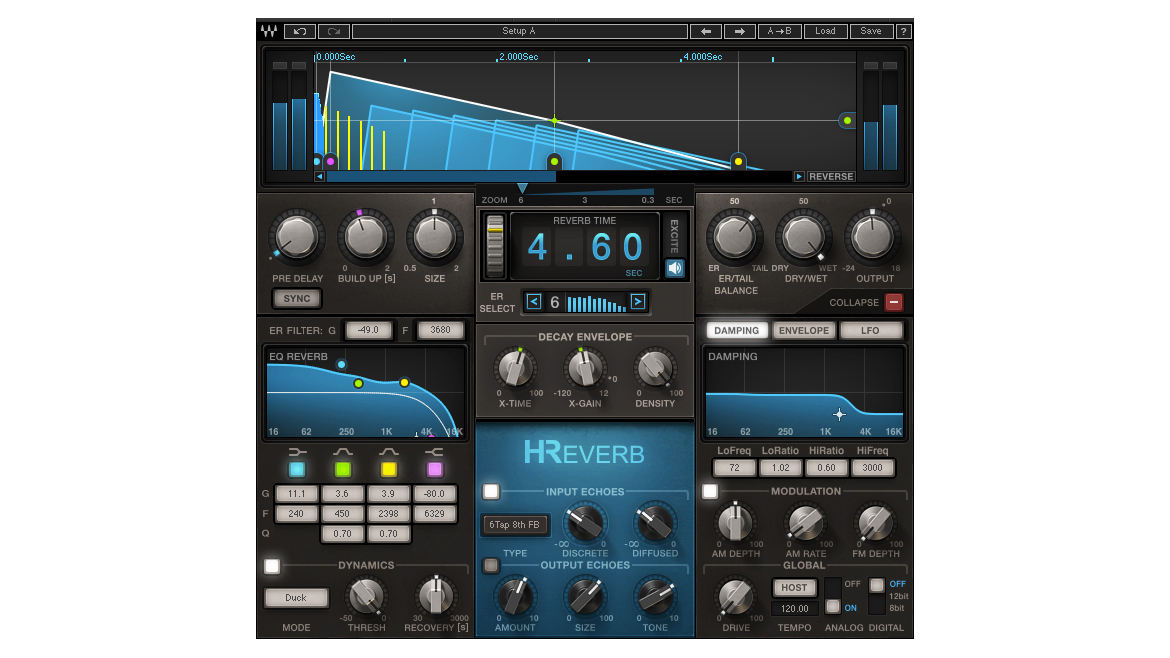

This was generally considered a downside at the time, and when ‘perfect’ digital delay appeared in the 80’s, many people ditched their analogue delay units. The output of the delay is much more ‘lo-fi’, especially as delay time is increased – the delays tend to quickly degrade over time (unlike tape delays, which were closer copies of the original sound). However, analogue delays didn’t really sound like tape delays. One particular model, the Roland RE-201 Space Echo, has become a staple in pretty much every forward-thinking studio of the 70’s and far beyond, much loved by everyone from Lee ‘Scratch’ Perry, King Tubby and the other dub innovators, to Pink Floyd, Brian Eno, The Clash and, famously, Radiohead.Īnalogue delay: Analogue delays were introduced in the ‘70s as a more practical, cost-effective, and easily transportable alternative to tape delay units. The aural results of these small mechanical variations range from subtle random phasing to flanging and chorus-type effects, and it is these tiny imperfections that can bring the sort of life to effected material that straight digital delays simply cannot recreate (unless they are modelled on vintage delay algorithms, more of which later). But before you write off tape delay as being unpredictable and old fashioned, you should know that it is precisely this organic, ‘musical’ effect on sounds that makes tape delay so revered even today. For instance, by increasing the distance between the record and playback heads, the delay time would increase accordingly.īecause of the essentially mechanical nature of the processing, there is always a certain amount of “wow” and “flutter” (read incidental, uncontrolled modulation of the sound) as the tape loop goes around.


On the front of the machine the tape runs through several recording and playback heads (or ‘taps’)., and the delay times are created and adjusted by physically moving the heads forward or backward. Inside the large casing there’s an intricately coiled tape loop that can run uninterrupted through the machine (i.e. The principle behind a tape delay is pretty simple. Tape delay: Prominent during the late ’50s through the ’60s.


 0 kommentar(er)
0 kommentar(er)
